Rhabdomyosarcoma in children
Rhabdomyosarcoma (rhab·do·myo·sar·co·ma) is a rare childhood cancer that typically begins in a muscle. It can be cured, but requires complex treatment that may include radiation, surgery and chemotherapy. Children’s Health℠ is academically affiliated with UT Southwestern Medical Center, giving patients access to expert surgeons and leading researchers who provide world-class care for your child.
What is rhabdomyosarcoma in children?
Rhabdomyosarcoma typically begins in the muscle cells, and the most common sites are the head, neck, bladder, vagina, arms, legs and trunk. Rhabdomyosarcoma can also be found in places where there is very little or no skeletal muscles, such as the prostate, middle ear and bile duct system.
Rhabdomyosarcoma may spread to other parts of the body, such as the lymph nodes, lungs, bone or bone marrow.
Risk factors
Each year in the U.S., between 400 and 500 children are diagnosed with rhabdomyosarcoma. Children are usually diagnosed between birth and age 15.
What are the different types of rhabdomyosarcoma in children?
There are two types of rhabdomyosarcoma. The type depends on a genetic change that occurs in some types of rhabdomyosarcoma.
Fusion-positive rhabdomyosarcoma is commonly found in soft tissue of the head, neck area, torso and arms and legs. This is the rarest type of rhabdomyosarcoma and occurs more commonly in adolescents.
Fusion-negative rhabdomyosarcoma typically shows up in the head and neck and genitourinary area. This type of rhabdomyosarcoma happens most commonly in younger children.
What are the signs and symptoms of rhabdomyosarcoma in children?
Because rhabdomyosarcoma can occur anywhere in the body, symptoms may vary based on the size and location of the tumor. Common symptoms include a mass that may or may not be painful. This mass can cause tingling, numbness, pain or restricted movement.
Other common symptoms of rhabdomyosarcoma in children include:
Bleeding from the nose, vagina or rectum
Trouble with urination or bowel movements
Drooping eyelid or protruding eye
How is rhabdomyosarcoma in children diagnosed?
Diagnosis usually starts when your pediatrician notices an unusual lump or swelling in your child’s body. Next, a radiologist will do an ultrasound or MRI (magnetic resonance imaging) that reveals a tumor. Then, when you make an appointment with us, we’ll do a biopsy (a procedure where your child’s doctor removes a few cells from the tumor to be examined by a laboratory).
We identify the type of cancer by looking at the tumor cells under the microscope and studying its DNA. We also get detailed images of the tumor, through tests like an MRI, CT and PET-CT scans. These images show us how big the tumor is and whether it has spread to other places in the body.
We use the type, size and location of the tumor to decide which treatment will work best for your child.
What causes rhabdomyosarcoma in children?
In most cases, there is no known cause, but some people may have an increased risk of developing rhabdomyosarcoma due to genetics. We know that patients with Li-Fraumeni syndrome, neurofibromatosis, or RASopathies (abnormalities in the RAS gene) are at increased risk of developing rhabdomyosarcoma.
How is rhabdomyosarcoma in children treated?
Treatment typically includes a combination of chemotherapy to destroy the cancer cells, surgery to remove the tumor and/or radiation to kill the tumor cells. Your child's therapy will depend on their age, tumor location, tumor type and extent of the cancer.
Our pediatric oncologists work closely with the surgery and radiation oncology teams to provide seamless care. Our surgeons are experts in the complex surgeries used to treat rhabdomyosarcoma. Our radiation oncologists use cutting-edge techniques to effectively kill the tumor cells while also minimizing toxicity.
At Children’s Health, we always look for new and better treatments. Our patients have access to clinical trials that might only be available at a handful of hospitals. We provide access to the newest treatment options for patients with relapsed cancer through clinical trials offered in our Experimental Therapeutics Program. We also use genetic testing, through our Precision Medicine Program, to identify genetic mutations that can be targeted with medications, providing a more effective treatment with fewer side effects.
Rhabdomyosarcoma in children doctors and providers
Children’s Health is home to some of the nation’s top pediatric cancer specialists and where physicians are also faculty members at UT Southwestern Medical Center. We use a team approach and work together with surgeons, radiation oncologists, pathologists, radiologists, physical therapists, psychologists and social workers to provide multidisciplinary care.
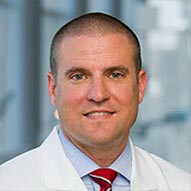 Adam Alder, MDPediatric Surgeon
Adam Alder, MDPediatric Surgeon Matthew Campbell, MDPediatric Hematologist/Oncologist
Matthew Campbell, MDPediatric Hematologist/Oncologist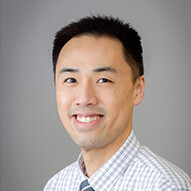 Kenneth Chen, MDPediatric Hematologist/Oncologist
Kenneth Chen, MDPediatric Hematologist/Oncologist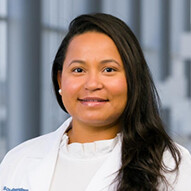 Natasha Corbitt, MDPediatric Surgeon
Natasha Corbitt, MDPediatric Surgeon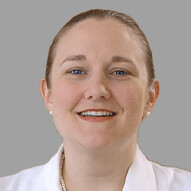 Diana Diesen, MDPediatric Surgeon
Diana Diesen, MDPediatric Surgeon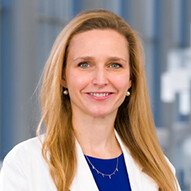 Lauren Gillory, MDPediatric Surgeon
Lauren Gillory, MDPediatric Surgeon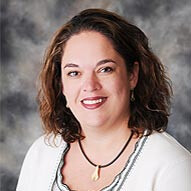 Laura Klesse, MDPediatric Hematologist/Oncologist
Laura Klesse, MDPediatric Hematologist/Oncologist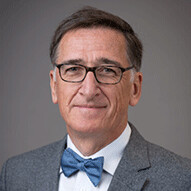 Patrick Leavey, MDPediatric Hematologist/Oncologist
Patrick Leavey, MDPediatric Hematologist/Oncologist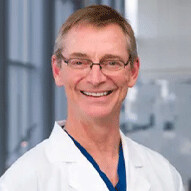 Stephen Megison, MDPediatric Surgeon
Stephen Megison, MDPediatric Surgeon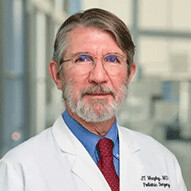 Joseph Murphy, MDPediatric Surgeon
Joseph Murphy, MDPediatric Surgeon Samir Pandya, MDPediatric Surgeon
Samir Pandya, MDPediatric Surgeon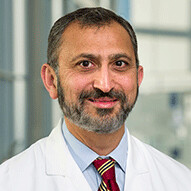 Faisal Qureshi, MDPediatric Surgeon
Faisal Qureshi, MDPediatric Surgeon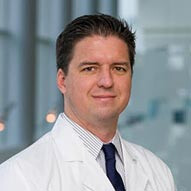 Mark Ryan, MDPediatric Surgeon
Mark Ryan, MDPediatric Surgeon Avanthi Shah, MDPediatric Hematologist/Oncologist
Avanthi Shah, MDPediatric Hematologist/Oncologist Tiffany Simms-Waldrip, MDPediatric Hematologist/Oncologist
Tiffany Simms-Waldrip, MDPediatric Hematologist/Oncologist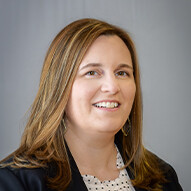 Tamra Slone, MDPediatric Hematologist/Oncologist
Tamra Slone, MDPediatric Hematologist/Oncologist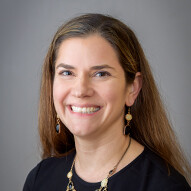 Tanya Watt, MDPediatric Hematologist/Oncologist
Tanya Watt, MDPediatric Hematologist/Oncologist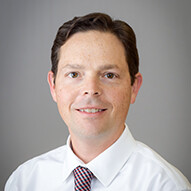 Jonathan Wickiser, MDPediatric Hematologist/Oncologist
Jonathan Wickiser, MDPediatric Hematologist/Oncologist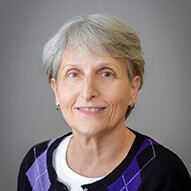 Naomi Winick, MDPediatric Hematologist/Oncologist
Naomi Winick, MDPediatric Hematologist/Oncologist